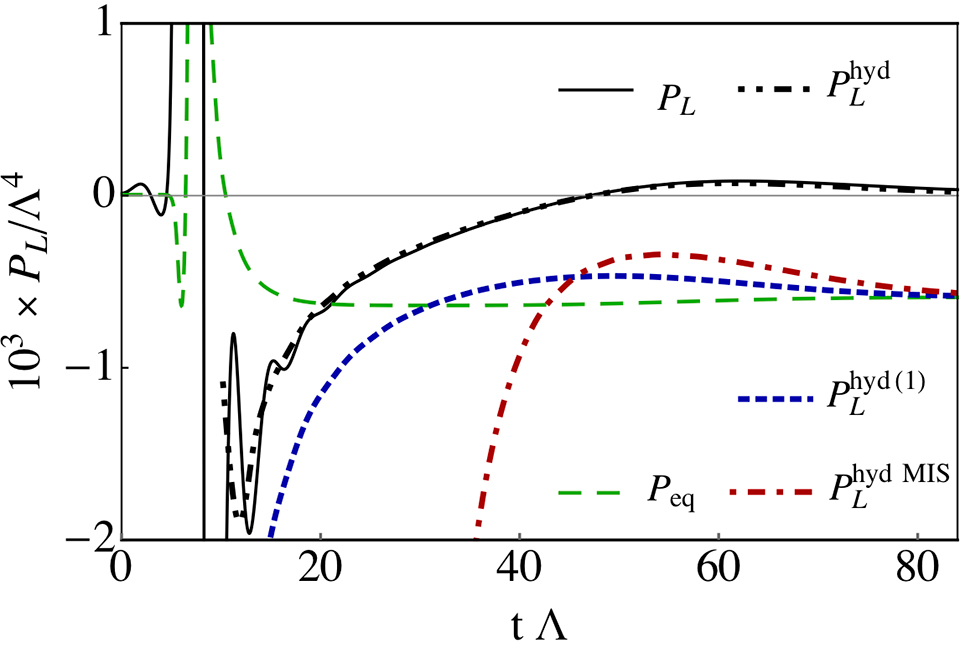At low energies quarks and gluons are confined inside the protons and neutrons contained in the atoms that we and the things around us are made of. However, at a temperature of one trillion degrees (a hundred thousand times the temperature at the centre of the Sun) thermal fluctuations are so violent that quarks and gluons become liberated and give rise to a new form of matter known as “Quark-Gluon Plasma” (QGP). The QGP filled the Universe about one microsecond after the Big Bang and it has been be recreated on Earth in so-called Heavy Ion Collision experiments (HIC).
One of the main discoveries of these experiments is that the QGP behaves as an almost-perfect fluid that is well described by hydrodynamics. This is crucial because hydrodynamics is the bridge that allows us to connect theory with experiment. We have investigated the applicability of hydrodynamics in the regime that will be explored by HIC experiments over the next decade. Since this is difficult with conventional methods, we have used a string-theoretical tool known as “holography”, which maps the properties of matter in our four-dimensional world to those of … gravity in five dimensions!
We have discovered that the formulation of hydrodynamics that is almost universally used in hydrodynamic codes, the so-called Muller-Israel-Stewart (MIS) formulation, may not capture correctly the physics of the QGP in the new regime, which could potentially jeopardize our interpretation of the next generation of experiments.
Fortunately, by formulating the problem in terms of five-dimensional gravity, holography also suggests a solution that is currently under investigation.
Reference
